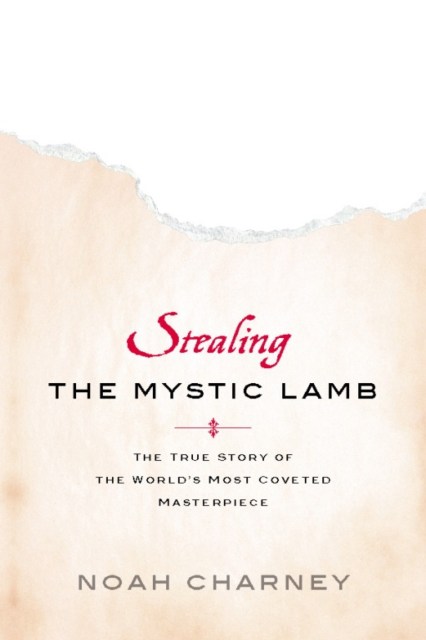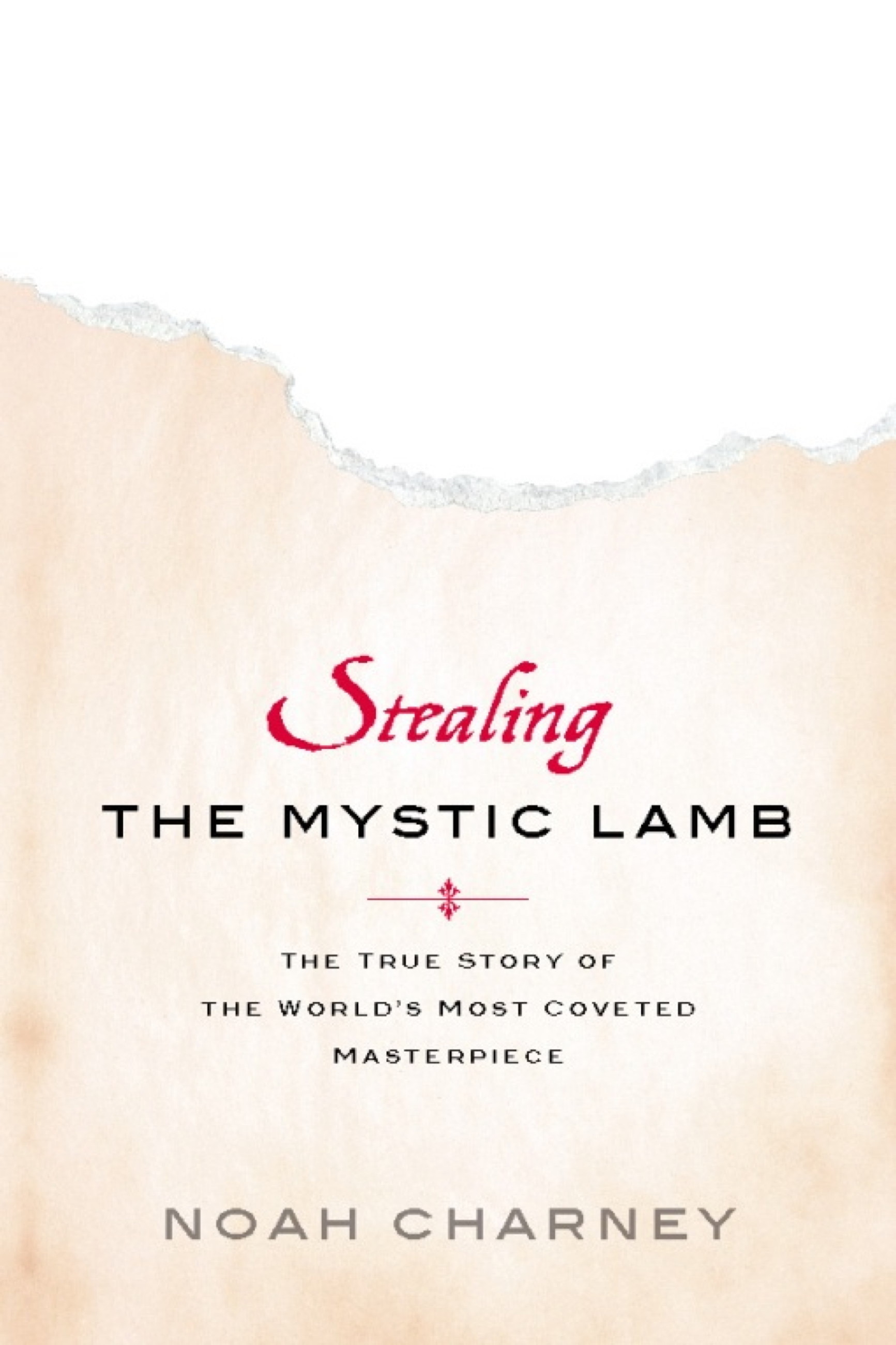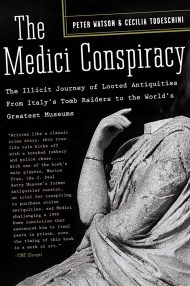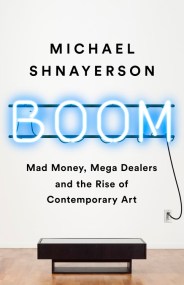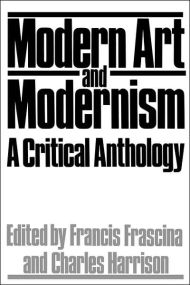Promotion
Use code MOM24 for 20% off site wide + free shipping over $45
Stealing the Mystic Lamb
The True Story of the World's Most Coveted Masterpiece
Contributors
By Noah Charney
Formats and Prices
Price
$11.99Price
$15.99 CADFormat
Format:
ebook $11.99 $15.99 CADThis item is a preorder. Your payment method will be charged immediately, and the product is expected to ship on or around October 5, 2010. This date is subject to change due to shipping delays beyond our control.
Also available from:
Since its completion in 1432, this twelve-panel oil painting has been looted in three different wars, burned, dismembered, forged, smuggled, illegally sold, censored, hidden, attacked by iconoclasts, hunted by the Nazis and Napoleon, used as a diplomatic tool, ransomed, rescued by Austrian double-agents, and stolen a total of thirteen times.
In this fast-paced, real-life thriller, art historian Noah Charney unravels the stories of each of these thefts. In the process, he illuminates the whole fascinating history of art crime, and the psychological, ideological, religious, political, and social motivations that have led many men to covet this one masterpiece above all others.
Genre:
- On Sale
- Oct 5, 2010
- Page Count
- 336 pages
- Publisher
- PublicAffairs
- ISBN-13
- 9781586489243
Newsletter Signup
By clicking ‘Sign Up,’ I acknowledge that I have read and agree to Hachette Book Group’s Privacy Policy and Terms of Use
